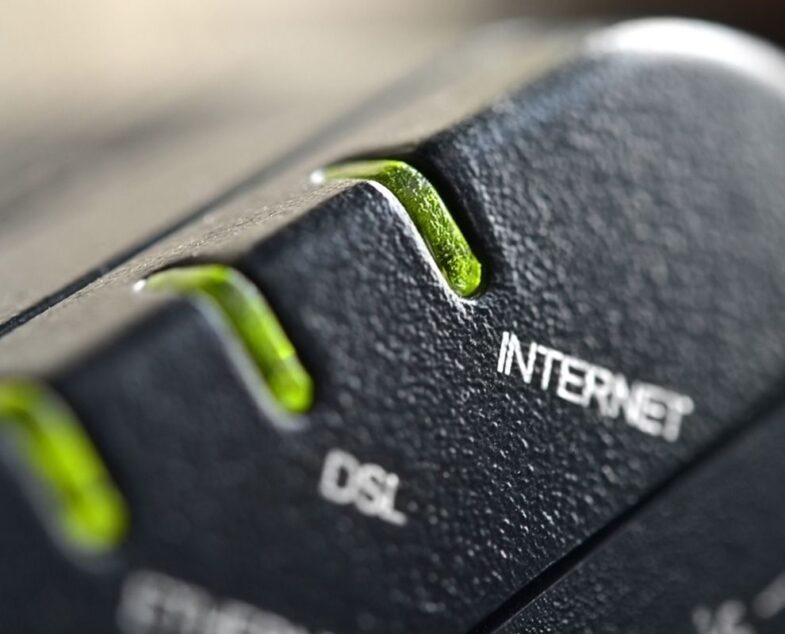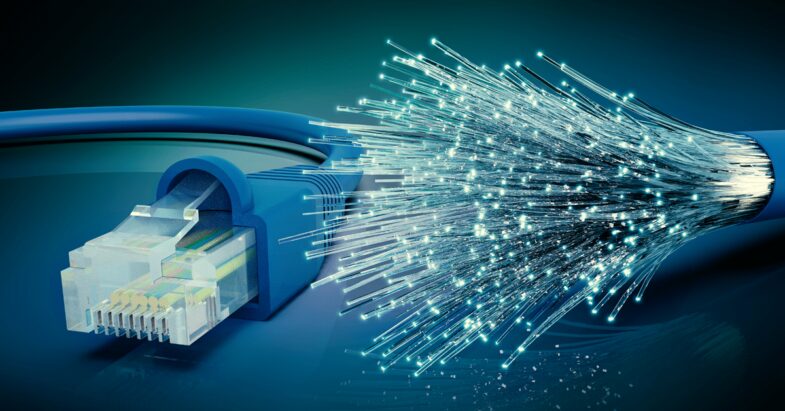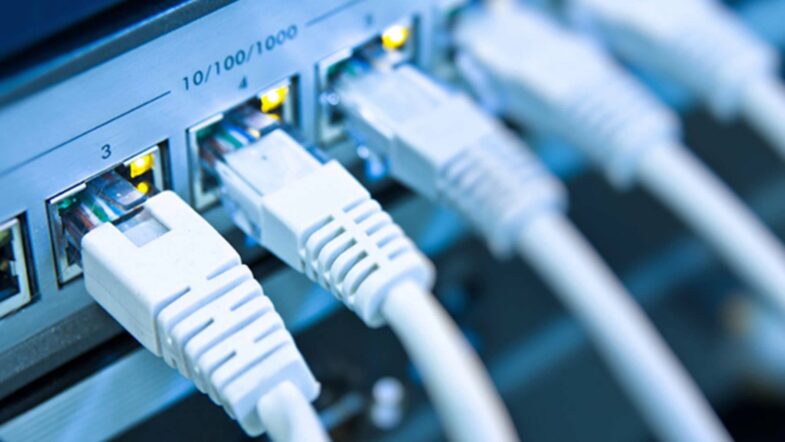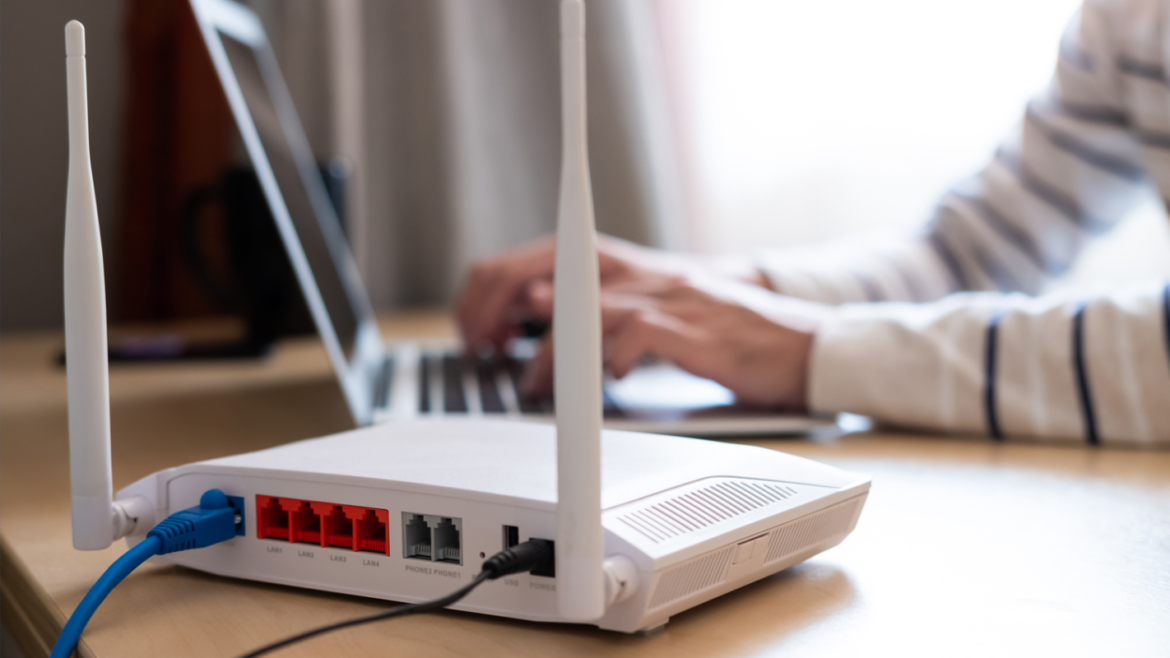There are many factors to consider when it comes to choosing the best internet connection type. For one, what do you need the internet connection for; a single household or a business? How many devices will be connected to this network type? What is your budget, how much can you afford, keeping in mind the different internet plans being offered by internet service providers? What speed do you need for your internet browsing? And lastly, what kind of internet connection is available in your locality. Questions like these are important and need to be addressed when deciding on what internet connection is best for you. If Xfinity is located in your locality, and it most likely will be since it is one of the most widely used internet connections in the US, you will find that their customer service is ready to help you find answers to the above questions, should you choose to consider it, so visit now to make use of their services.
Getting back to the topic at hand, this article will discuss the types of internet connections, along with their speed, reliability, bandwidth, and more.
1. DSL or Digital Subscribers

Source: advoco-solutions.co.uk
DSL is a type of internet connection that uses telephone lines to connect to the internet. This type of connection is the most commonly used internet connection in the world. However, the kind of speed it offers is much lower than the other types of internet connections. It is mostly suitable for basic internet browsing, email communication, light online streaming, etc. The highest download speeds being offered by DSL are up to 100 Mbps, and the upload speed is up to 50 Mbps. With multiple devices though, the DSL internet connection can get slower than is needed.
Since DSL uses telephone lines for data transmission, there is no need to worry about shared internet connections around the neighbourhood. However, the internet speed gets affected if you are farther away from your nearest ISP or one of its nodes, hence, you will experience delays in your internet connection. Moreover, telephone lines are also prone to get affected by weather interference.
2. Cable Internet
As is suggested from its name, cable internet uses cable wires to connect to the Spectrum One internet for data transmission. They are connected by coaxial cables that are made of copper wires and it works by sending electricity through the wires for data transmission. The internet speed of cable internet ranges from 25 Mbps to 500 Mbps, however, some cable internet connections have been reported to go up to 1 Gbps (1 Gbps = 1000 Mbps).
One drawback of cable internet is that since cable wires are shared around the neighbourhood, the internet connection transmitted through these wires also gets shared among other internet users in the area. Hence, if you are using cable internet and it lags, that means that your neighbours are also using the same internet connection which results in slowing down of your internet.
3. Fibre Internet

Source: execulink.ca
Fibre internet is the fastest and most reliable type of internet connection and it is definitely not a match for the other types of internet connection. The cables of fibre internet connection are made of fibre-optic materials that have a glass or plastic filament inside them. And through these cables, light travels in binary coding for data transmission; 1 for when light flashes and 0 when no flash. Data travels at the speed of light through the fibre internet cables.
In the case of download and upload speeds, both are symmetrical in fibre internet connection, whereas, in other types of internet connection, upload speeds are slower than the download speeds. That is not the case in fibre internet connection, where upload speeds are nearly always the same as download speeds, which works for users who have heavy-duty online activities.
4. Satellite Internet
This type of internet connection uses a dish installed at home, through which data is transmitted to satellites that orbit around the Earth. This explains the transmissions of data to and from the satellite making it the slowest internet connection speed out of all the types of internet connections.
Moreover, satellite internet connection is mostly affected by constant weather changes, natural phenomena, physical terrains, and other obstacles. Even a standing tree will have an impact on the satellite internet connection. Also, a satellite internet connection is quite expensive for a connection that offers low download speeds, hence, if you are not residing in any rural or remote areas, it would be better to consider a cable or DSL internet connection.
5. Business or Residential Internet

Source: cni.net
Considering the type of internet connection, what kind of environment you are choosing the internet for also comes into question. Internet for a household with multiple devices can usually work fine at lower download/upload speeds, since most of the activities include browsing social media, streaming movies, video calls, etc. But if you are running a business, there is the type of workload, video conferencing, customer service department, and other factors to consider that have separate requirements for your business.
Location
Where you reside is also an important factor in getting the type of internet connection because it depends on what types of network connections are available in your locality. If you live in a rural area, you will find a DSL connection for your internet. In some rural or remote areas, there is no cable infrastructure, and for such areas, a satellite internet connection is the best option. Fibre internet connection is available in most major cities and this is the one you should go for if you are looking for a reliable internet connection. Cable and DSL internet are found in almost all urban or suburban areas at affordable prices.
Conclusion

Source: ventsmagazine.com
The best type of internet connection is restricted by location. You will be limited by the type of internet connection available in your area, and also by your budgetary needs. If you find all of the types of internet connections available in your locality, you will obviously go for the fastest internet connection, depending on your online activity and the number of devices being connected. Hence, there are a lot of factors to consider before you can narrow down to the best type of internet connection.
